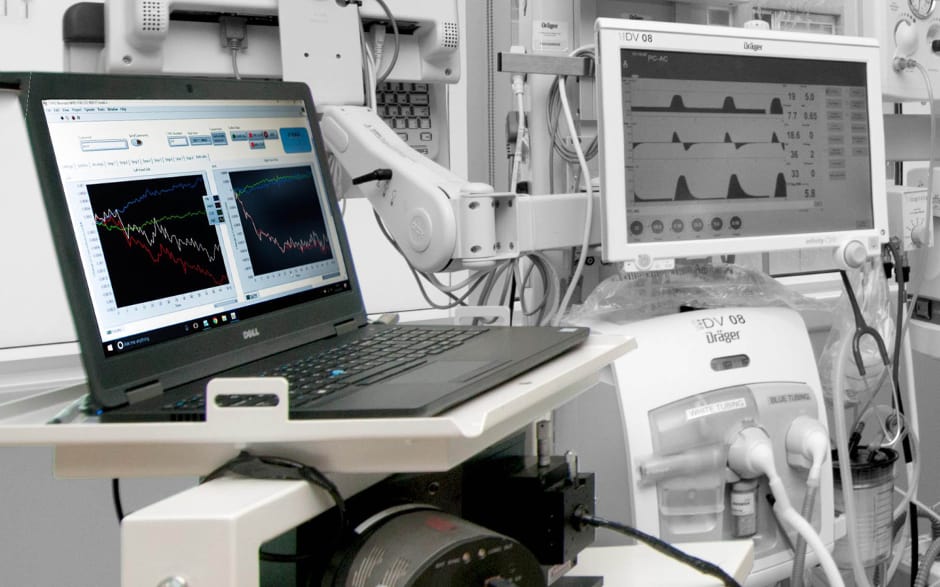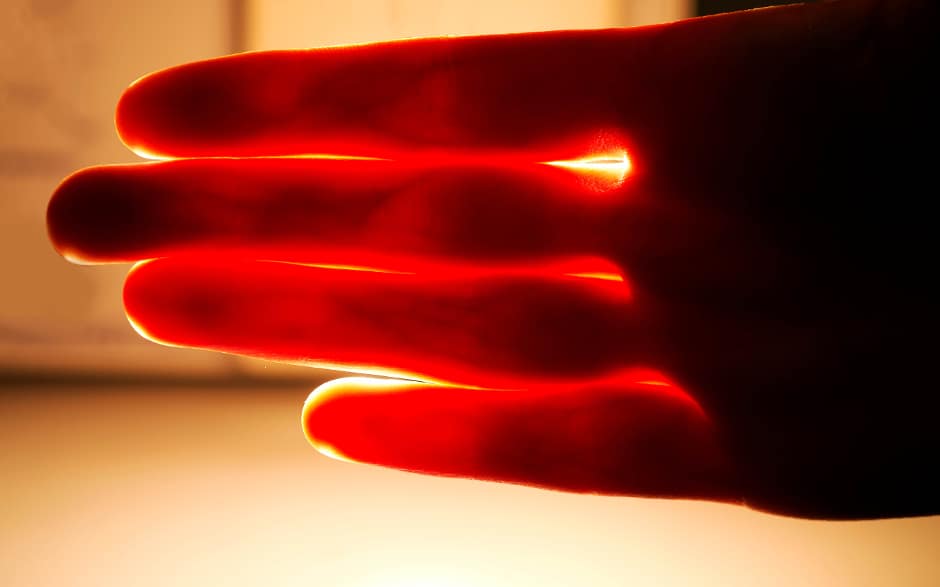
Ilias Tachtsidis and Gemma Bale are members of a research team at University College London working on CYRIL, a compact broadband near-infrared spectroscopy (NIRS) system that monitors brain tissue physiology non-invasively in newborn babies.
As well as CYRIL, the team is also active in MetaboLight, a public engagement platform that gives the team an opportunity to share their research and encourage students to become the next generation of medical physicists and biomedical engineers.
In the first of a two-part series, Ilias and Gemma talk to The Student Engineer about CYRIL, the importance of collaborative working and the ways in which they sharing science with MetaboLight.
Hello to you both. Can you tell The Student Engineer a little about yourselves?
My name is Ilias Tachtsidis (IT) and I am a Wellcome Trust Senior Fellow and Reader in Biomedical Engineering and I lead the MetaboLight team.
Hi, I’m Gemma Bale (GB) and I am a Research Associate in the MetaboLight team, working on biophotonic developments and applications. My PhD involved developing CYRIL, the device which is being used in the hospital to monitor babies with brain injury.
Can you provide a layman’s definition of CYRIL - (CYtochrome-c-oxidase Research Instrument and appLication)?
GB: CYRIL is a machine that uses light to monitor the brain. We built CYRIL because doctors don’t currently have a way to monitor the level of brain injury while a patient is in intensive care. By shining near-infrared light into the brain and detecting what is reflected back with a very sensitive camera, we can ‘see’ the colours within the brain. Those colours come from molecules and substances inside the brain, such as blood, which changes colour depending on whether it is carrying oxygen (oxygenated blood is much brighter red, than the more purple deoxygenated blood). Thus, by measuring the colour that comes out of the brain, we can monitor changes in blood oxygenation inside the brain. This is near-infrared spectroscopy. What’s unique about CYRIL is that we can also measure changes in metabolism in the brain by the same principle; a molecule involved in metabolism inside the mitochondria changes colour when it is ‘working’ so we can also measure how well metabolism is doing in the brain. Monitoring metabolism is really important to the doctors who are taking care of patients as it can be affected by the level of brain injury.

Is CYRIL in a position to be commercialised?
IT: CYRIL is a prototype research device; commercialisation will mean to develop CYRIL as a medical device. Such development does not only depend on resolving engineering issues but also regulatory, business and marketing issues. At the moment, I am pursuing funding to allow us to do the next steps towards developing CYRIL as a medical device, a process that can take 10 years or more.
In what ways have working collaboratively helped in the development of CYRIL?
GB: Our research is incredibly collaborative as we work closely with the doctors in the hospital right from the start of the project. When I was designing CYRIL, the biggest challenge was not in the optics behind the system, but in making sure that the machine was suitable for use in the challenging environment of the intensive care unit – so we needed a lot of input from the doctors and nurses. This lead to modifications such as having 3m long optical fibres to carry the light to and from the patient, which means that CYRIL can be out of the way, hidden in the corner of the room but still monitoring the brain! Getting feedback from the doctors who use CYRIL means that we can improve the usability and make sure that it is a useful tool in the hospital. We are extremely lucky to have such fantastic doctors working with us! Now we are in the process of analysing the data, so the medical insight the doctors bring is invaluable.
What do you hope to achieve with MetaboLight?
IT: The invention of the X-Ray machine in the 19th century marked the birth of Medical Physics and Biomedical Engineering. In the 21st century, developments in Medical Physics and Biomedical Engineering continue to revolutionise modern healthcare and yet how many people actually know what Medical Physics and Biomedical Engineering are? Our aim is to engage the public with some of our most exciting technological developments in these areas funded by the Wellcome. In particular, we want to engage, share, expose and explore (i) the cross-discipline science of Medical Physics and Biomedical Engineering; (ii) how we can monitor brain function/physiology using light; (iii) the challenges that we face in developing our non-invasive optical methods for brain monitoring; and (iv) how our developments can inform clinical decision and improve patient care.
One of our main objectives in our public engagement program is to allow people, especially young people, to experience being a biomedical engineer by interacting with our MetaboLight activities.
What sort of activities have you been running as part of your engagement programme?
GB: So far, we’ve been running workshops, such as ‘Engineers Save Lives’ for 11-13 year olds which gives them the chance to be a biomedical engineer for the day, I’ve been giving talks to thousands of A level students through the Physics in Action program, and we’ve created a 6 week course of tutorials in collaboration with UCL Engineering and The Brilliant Club. We’ve been to the Big Bang Fair this month where we got to engage with thousands of school kids over the 4 days of the festival! We’re hoping that through experiences with us, young people will be able to have a go at being an engineer and really understand the potential of a career in engineering.
Gemma and Ilias are active in the Multimodal-Spectroscopy research team in the Biomedical Optics Research Laboratory at the Medical Physics and Biomedical Engineering department at University College London (UCL). Next week, they’ll discuss perceptions of STEM careers, the Year of Engineering, and workplace diversity.




Poll: Should the UK’s railways be renationalised?
The term innovation is bandied about in relation to rail almost as a mantra. Everything has to be innovative. There is precious little evidence of...